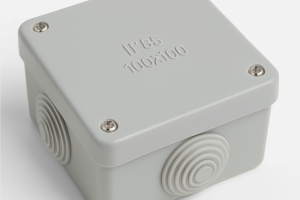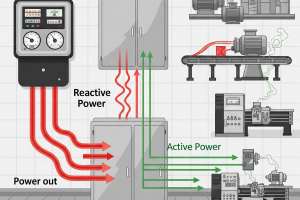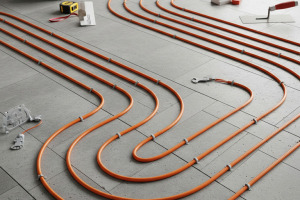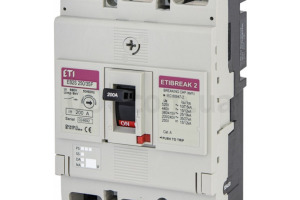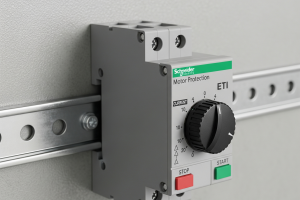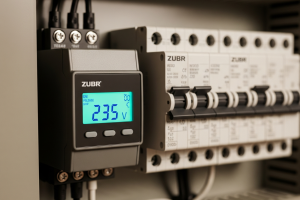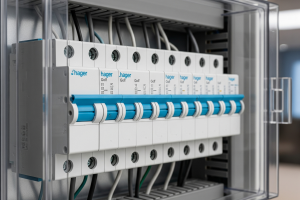The RCD: Your Personal Lifesaver from Electric Shock. How It Works and Why You Need It.
In the world of electricity, there are two key protective devices that are often confused: the circuit breaker and the RCD (Residual Current Device). But their tasks are fundamentally different.
Let's clarify the key difference once and for all:
-
A Circuit Breaker protects WIRING and APPLIANCES from overload and short circuits.
-
An RCD protects A PERSON from electric shock.
HOW DOES THIS "LIFESAVER" WORK?
The principle of an RCD is brilliantly simple. It constantly compares how much current has "gone out" from the panel through the phase wire and how much has "returned" through the neutral wire. In a normal state, these values are identical.
But imagine you touch a faulty appliance (a washing machine, a water heater). At that moment, a part of the current starts to flow through your body to the ground. This is called a current leak. The balance is broken.
The RCD detects this microscopic difference — just 30 milliamperes (mA) — and instantly (in less than 0.04 seconds) completely cuts off the power. This is not enough time to cause serious harm to your health.
WHERE IS RCD INSTALLATION MANDATORY?
According to regulations, RCDs must be installed on circuits that supply outlets in high-risk areas:
-
Bathrooms, showers, saunas;
-
Kitchens and work areas where contact with water is possible;
-
Outlets in children's rooms;
-
Outlets located outdoors or in basements.
HOW TO CHOOSE THE RIGHT RCD?
When choosing, pay attention to two main parameters:
-
Rated Current (Amps): An RCD does not protect against overload, so it must be protected by a circuit breaker. The rule is simple: the RCD's rating must be one step higher than the rating of the circuit breaker preceding it. For example, for a 16A circuit breaker, choose a 25A RCD.
-
Leakage Current (mA): This is the device's sensitivity. To protect a person from electric shock, an RCD with a sensitivity of 30 mA is used. For fire protection (for example, as the main incoming device for the entire house), less sensitive RCDs of 100 mA or 300 mA are used.
CONCLUSION
An RCD is not an optional extra, but a fundamental element of your home's safety. Its presence can save the lives of you and your loved ones. By installing RCDs from reliable manufacturers like ETI, Hager, or Schneider Electric, you are making an invaluable contribution to safety.
Not sure which RCD to choose? Contact the consultants at 175.com.ua — we'll help!










